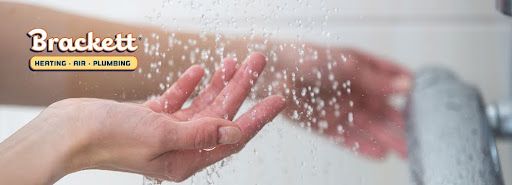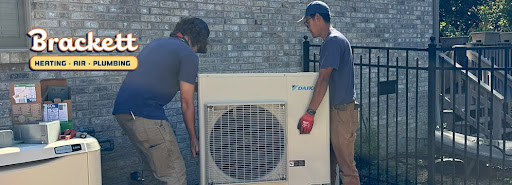It’s important to know the SEER rating or seasonal energy efficiency ratio of a cooling unit when upgrading your home’s HVAC system. SEER ratings are determined by the U.S. Department of Energy and are used by the HVAC industry to measure the cooling performance of an air conditioning unit. Heat pump and gas furnace efficiencies are determined by different measurements.
The SEER rating has been the benchmark for measuring cooling system efficiency since 1992, when former President Bush signed the Energy Policy Act establishing a SEER rating of 10 as the industry standard. Since then improvements in technology have increased the required minimum SEER for maximum efficiency. The higher the SEER the more efficient the cooling unit.
For the first time since being implemented, in January 2023 there will be different SEER rating requirements based on the geographic location of the installation. New central air conditioning units and air-source heat pump systems in the northern U.S. will be required to have a minimum SEER rating of 14. In the southern U.S., where cooling usage has a greater impact on energy usage, the required SEER will be 15.
Why is the SEER Rating Important?
As we said, the higher the rating the more efficient a unit is. The greater the efficiency, the more homeowners save on utility costs. SEER tells consumers how much electricity a unit will use to achieve a specified level of cooling. Within the SEER rating scale, each increase in the numerical rating illustrates a 10 percent decrease in electric usage. For example, a 14 SEER cooling unit will use 10 percent less energy to operate than a 13 SEER unit.
Other important factors to consider with a SEER rating are the number of years you plan to stay in your home and the length of the cooling season and how much you run your air conditioner. If you plan to sell your home in a relatively short time after purchasing a new system, you may not realize the overall energy savings needed for a good return on your investment. If you live in a milder climate and/or you prefer your home a little on the warmer side in the summer, a higher one may not be the best choice for you.
If you’d like to know more about SEER ratings and how a new air conditioner may improve your home’s indoor environment, call Brackett Heating & Air today and let our professional staff help you decide.







